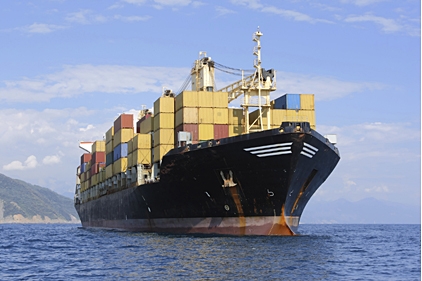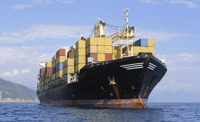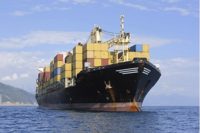L.A., Long Beach Ports Announce Plans to Improve Supply Chain Logistics

The International Longshore Workers Union, San Francisco, and the Pacific Maritime Association, also based in San Francisco, heeded a call to resolve the labor dispute at the Ports of Los Angeles and Long Beach by collaborating on a series of initiatives designed to meet the changing dynamics of seaborne trade and the impacts of those changes on cargo flow through the nation’s largest trade gateway.
The two ports submitted to the Federal Maritime Commission (FMC) an updated cooperative working agreement that clarifies and expands on their existing pact. The proposed update will enable the ports to work together on strategies that will benefit both ports in the areas of supply chain logistics and gateway marketing, as well as environment, security and legislative advocacy.
The Port of Los Angeles and Port of Long Beach are said to be the largest ports in the nation, ranked first and second respectively, and combined, are the ninth largest port complex in the world. The two ports handle approximately 43% of the nation’s total import traffic and 27% of its total exports. More than 3 million direct, indirect and induced jobs are related to cargo movement at the port complex. More than $30 billion in national, state and local taxes are generated from port-related trade each year.
In recent months, the harbor commissions of both ports have requested FMC approval for an updated cooperative working agreement to work together on supply chain issues that include greater collaboration in the development of chassis supply and storage solutions, greater vessel call coordination, reduced truck turn-times and solutions to help address congestion related to marine terminal operations.
“With an agreement in place, the ports of Long Beach and Los Angeles can focus on velocity, efficiency and environmental sustainability,” says Jon Slangerup, chief executive for the Port of Long Beach. “Together, we will quickly re-establish our gateway as the most efficient route between Asia and North America. We thank Mayors Robert Garcia [Long Beach] and Eric Garcetti [Los Angeles] for their leadership, and we will all work to clear the current backlog as quickly as possible and put in place new measures to move cargo quickly even during our busiest times.”
“The changing face of seaborne trade is impacting major ports around the world,” adds Gene Seroka, executive director for the Port of Los Angeles. “In order to keep our competitive edge, it makes good sense for our ports to strategize and help facilitate changes in the supply chain that will enhance Southern California’s competitive advantage.”
The ports have already been working with the three primary chassis pool providers as they finalize plans to open a “gray chassis pool” or “pool of pools” March 1 that will help ensure more availability and efficient positioning of the truck-trailer chassis used to haul containers to and from the port.
The ports also plan to hold a supply chain stakeholder summit once the labor contract is ratified to look at solutions to the cargo flow challenges specific to San Pedro Bay.
The ports will also re-convene to discuss a new generation of Clean Air Action Plan strategies following recent years of success in reducing air emissions from port-related goods movement in San Pedro Bay and across the region.
Looking for a reprint of this article?
From high-res PDFs to custom plaques, order your copy today!









